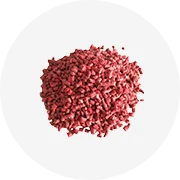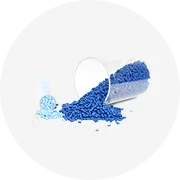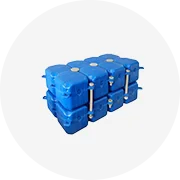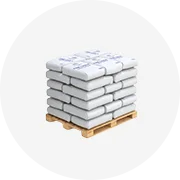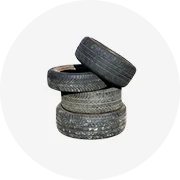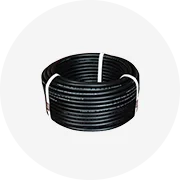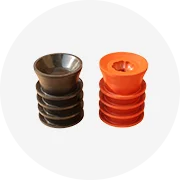Popular in your industry




























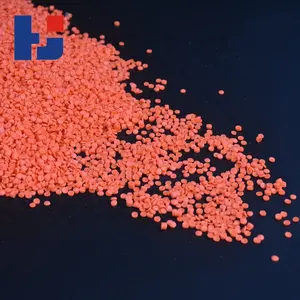










































Top categories
About pla raw material
Understanding PLA Raw Material
PLA raw material, or polylactic acid, is a biodegradable polymer that has gained prominence in the production of eco-friendly products. Derived from renewable resources like corn starch or sugarcane, PLA stands as a sustainable alternative to petroleum-based plastics. Its versatility allows it to be processed through various methods, catering to a wide array of industrial applications.
Types and Properties of PLA
There are two primary forms of PLA: pla plastic granules and raw pla pellets. These forms are categorized based on their thermal properties, with thermoplastics and thermosets being the main types. Thermoplastics, like PLA, soften upon heating and can be reshaped, making them ideal for recycling. In contrast, thermosets, once hardened, cannot be remelted. PLA's biodegradability and compostability are its standout features, making it a material of choice for environmentally conscious industries.
Applications of PLA
The application of PLA raw material spans various industries due to its adaptability and biodegradable nature. For instance, pla coated paper cup raw material is extensively used in the food service industry to create disposable cups that are both durable and eco-friendly. In the automotive sector, PLA's high melting point and strength make it suitable for interior components, while its impact resistance and aesthetic appeal are leveraged in consumer electronics for items like computer equipment.
Manufacturing Processes
PLA raw material can be transformed into finished products through several manufacturing processes. These include extrusion, which is ideal for creating films and sheets, and injection molding, a method used for producing complex shapes with precision. Blow molding and rotational molding are other techniques compatible with PLA, each offering unique benefits for creating hollow parts or large, seamless items.
Advantages of Using PLA
The advantages of using PLA raw material are manifold. Its biodegradability is a significant benefit, reducing the environmental impact of products post-use. Additionally, PLA's versatility in blending with other materials allows manufacturers to enhance its properties, such as impact resistance or thermal stability, without compromising its eco-friendly attributes.
Choosing the Right PLA Raw Material
Selecting the appropriate pla raw material price point and type is crucial for businesses looking to balance cost-efficiency with material performance. Alibaba.com serves as a marketplace where a diverse range of PLA raw materials can be sourced to meet specific project requirements. By facilitating connections with a variety of suppliers, the platform ensures that businesses can find the right type of PLA, whether for packaging, automotive parts, or consumer goods.













